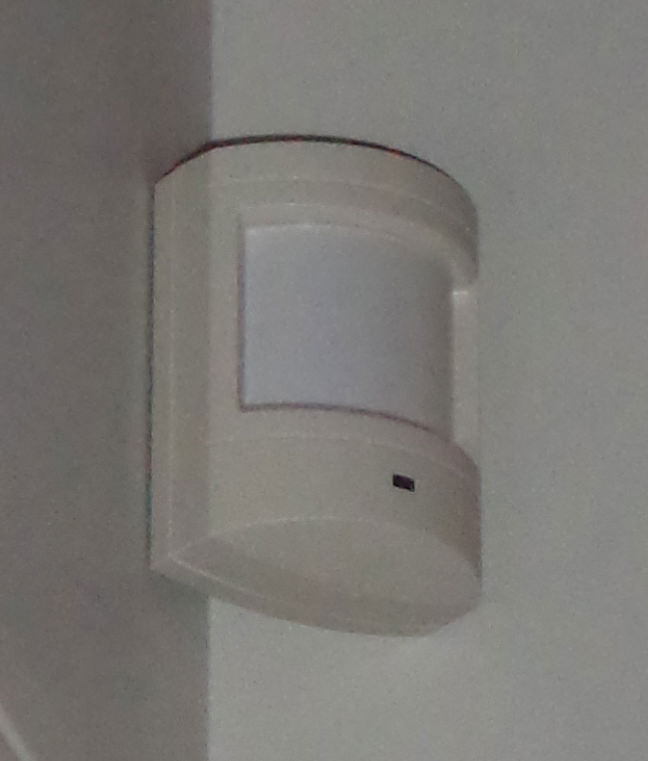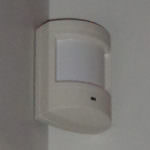
A motion detector is designed to detect any kind of motion and uses heat patterns in a room to detect movement. We’ll walk you through a wireless motion detector installation and explain how motion detectors work.
Looking for Heat
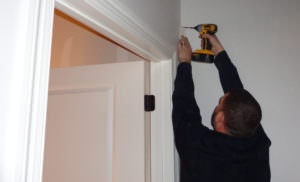
Motion detectors look for heat, but certain wired kinds can also look for microwave reflections or bounce back. Wireless motion detectors are also known as passive infrared detectors (PIR) and look for heat only.
Because wired motion detectors look for heat and microwave reflections, they are less susceptible to false alarms. False alarms can occur from any change in the heat pattern of a room, such as from balloons, ceiling fans, open windows, and curtains.
Pets and False Alarms
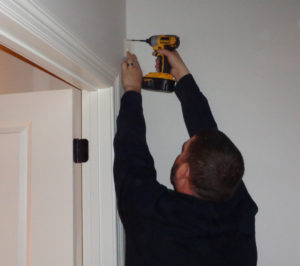
Human heat patterns are different from the heat patterns of small animals, such as dogs or cats. Besides this, to avoid false alarms from pets, motion detectors divide areas into quadrants and pie wedges, detecting a “pulse count” every time a wedge is crossed. Most detectors have a two- or three-step catch and trigger an alarm after a breach of this kind.
Line of Sight
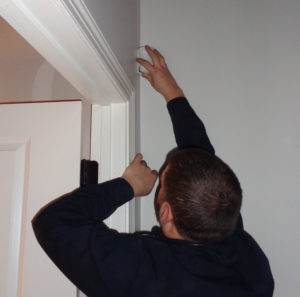
Motion detectors need a direct line of sight to function best, so you’ll want to place them in an area that is unobscured by large objects or walls.
Since motion detectors use heat to detect motion in a room, they are not recommended for unheated spaces such as sheds, garages, some entryways, or some unfinished basements.
We recommend motion detectors as a part of any security system. For more information on motion detectors and how they can help protect you, contact us.
Read more about other sensors & detectors in that section of our blog.
Updated August 8, 2016 and May 20, 2020

